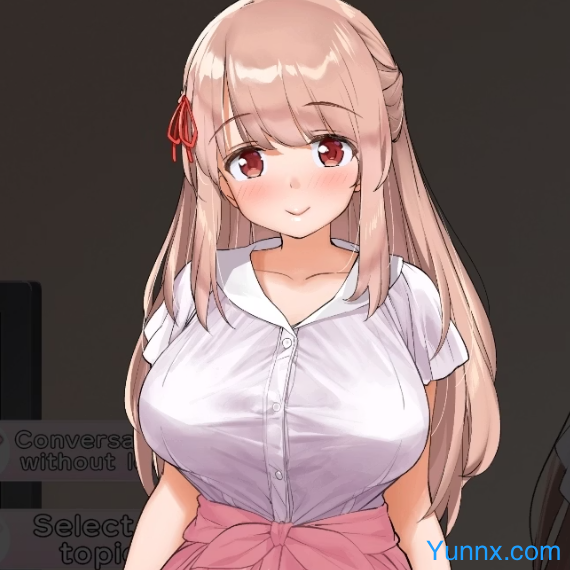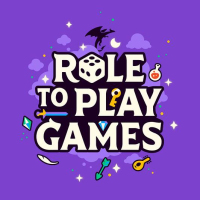Summer’s Gone follows a traumatized protagonist haunted by the loss of their childhood friend, Summer. Struggling with distrust and isolation, they navigate fragmented memories and a haunting accident that reshapes their future. With only adoptive mother Nojiko and sister Nami as emotional anchors, players confront psychological shadows while uncovering secrets tied to Summer’s fate and the protagonist’s path to healing.
Psychological Trauma & Emotional Struggles
1. Fragmented Mind: Relive distorted flashbacks and nightmares that blur reality and guilt. Confront symbolic visions of Summer’s absence, reflecting the protagonist’s unresolved grief and self-isolation.
2. Distrust Dynamics: Engage with hostile strangers and distant peers through tense dialogue choices. Build trust slowly via interactions with Nojiko and Nami, whose support tempers the protagonist’s cynicism.
3. Survival Mechanisms: Adopt coping strategies like journaling or substance use, each impacting mental health metrics. Balance self-destructive tendencies with moments of connection to unlock narrative pathways.
Narrative Structure & Player Agency
1. Memory Reconstruction: Piece together clues from accident scenes and school archives. Choices in investigative paths alter interpretations of Summer’s death and the protagonist’s culpability.
2. Time-Shifted Exploration: Shift between past (pre-accident) and present-day timelines. Alter decisions in childhood flashbacks to reshape relationships and mitigate current trauma triggers.
3. Moral Ambiguity: Decide whether to confront Nami about family secrets or suppress truths. Each decision influences the protagonist’s ability to reconcile with their fractured identity.
Role Relationships & Environmental Storytelling
1. Nojiko’s Guardian Role: Uncover her hidden sacrifices through subtle dialogue and environmental details—her journal entries reveal financial struggles and silent grief over Summer’s loss.
2. Nami’s Silent Bond: Decode sibling dynamics via shared routines and unspoken gestures. Protect Nami during school threats to strengthen trust, unlocking parallel story arcs.
3. School Ecosystem: Interact with classmates and faculty through observation-heavy mechanics. Detect subtle cues (e.g., a teacher’s avoidance of eye contact) to expose institutional neglect tied to the accident.
Gameplay Mechanics & Immersive Design
1. Sanity Meter System: Manage stress through rituals like music or isolation. High stress triggers hallucinations, blending Summer’s ghostly presence into environments.
2. Symbolic Puzzles: Solve abstract challenges representing the protagonist’s psyche—e.g., rearranging shattered mirrors to restore fragmented memories of Summer.
3. Atmospheric Soundtrack: Haunting piano motifs intensify during introspective moments, while dissonant tones underscore confrontations with external threats.

















